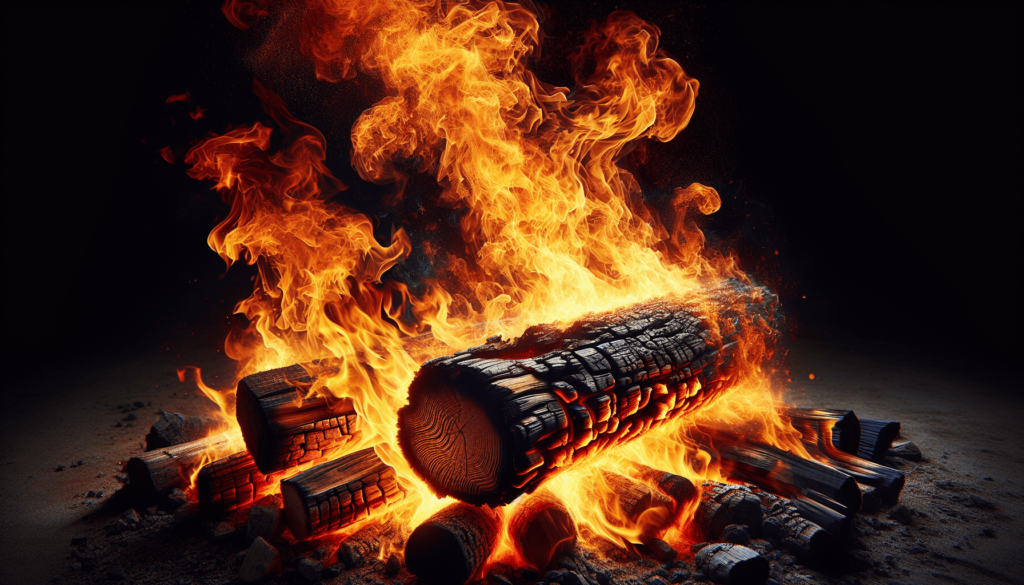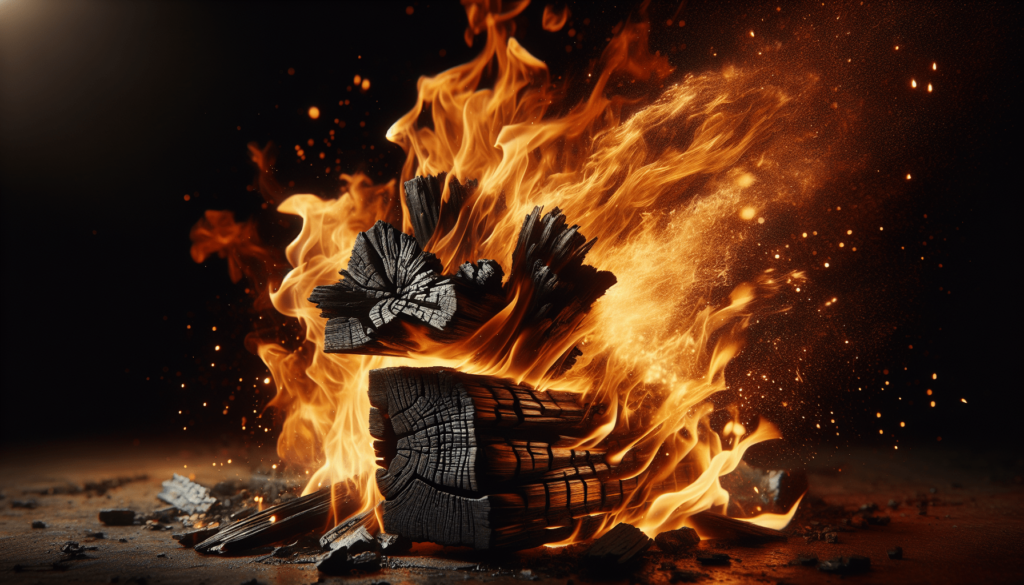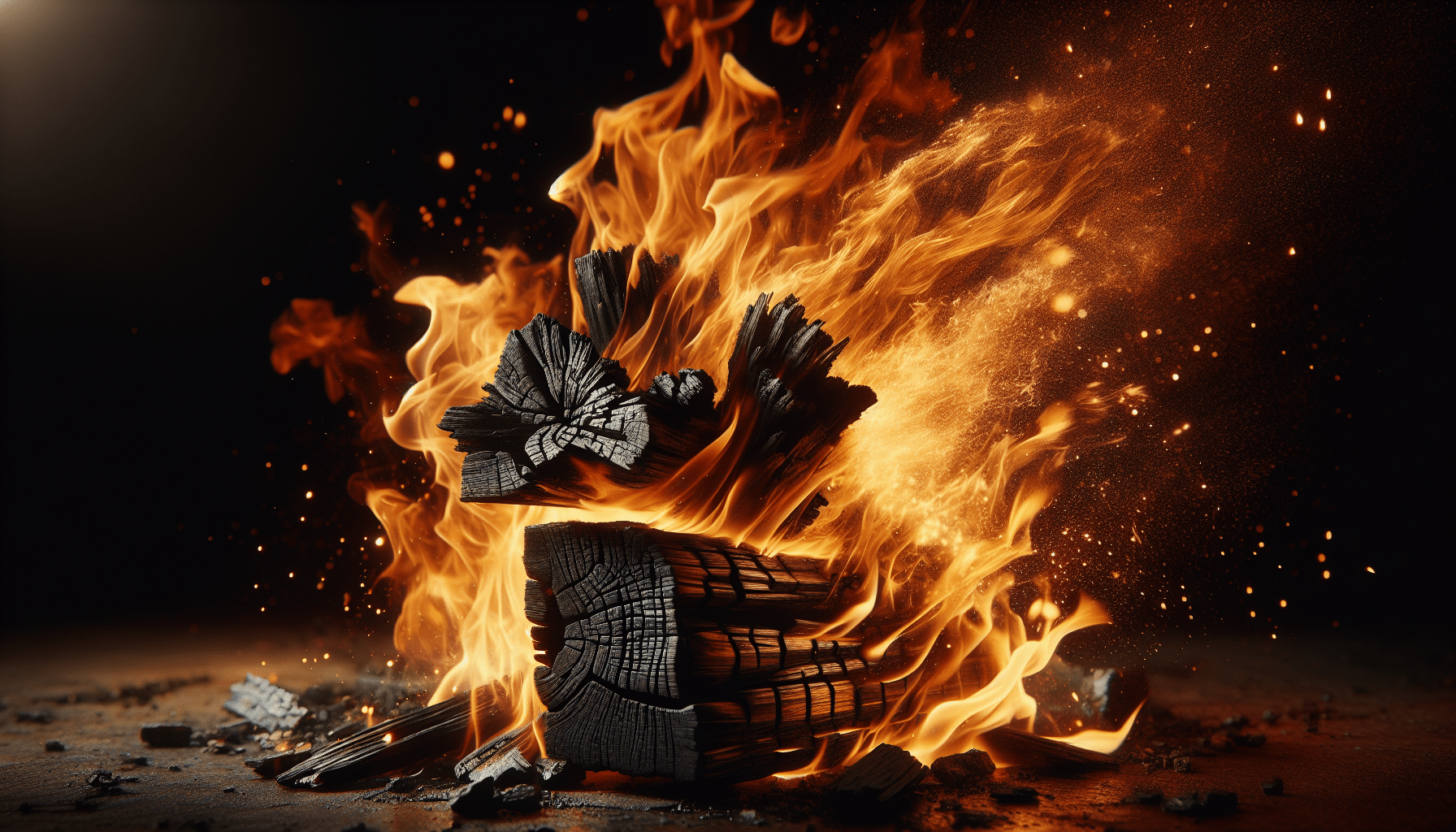What is burning wood called? It’s a question that may seem simple at first, and yet, could lead to a surprisingly winding road of exploration. You probably already know it’s called combustion, but let’s admit it—that doesn’t sound all that exciting, does it? It’s like discovering that your quirky friend Jim’s real name is James. Predictable and lacking pizzazz.
So, if you’re like me, you’d want to get into the nitty-gritty of it all. Unraveling what happens when wood burns, the science behind it, and the cultural significance wrapped up in this simple yet mesmerizing act.
The Basics: Combustion
Alright, let’s get the science out of the way first, shall we? Picture this: a log in a fireplace, crackling and popping, emanating that cozy embrace of warmth. This everyday miracle starts with something called combustion. In layperson’s terms, combustion is the chemical process where a substance reacts with oxygen to produce heat and light.
Here’s a little table for you, to break it down:
| Term | Definition |
|---|---|
| Combustion | A chemical reaction that occurs between a fuel and an oxidizing agent, producing heat and light. |
| Fuel | A substance (like wood) that undergoes combustion to release energy. |
| Oxidizing Agent | Often oxygen in the air, which reacts with the fuel. |
| Heat | Energy released during combustion, responsible for raising temperatures and creating light. |
| Light | Emitted during combustion, often visible as flames or glow. |
In more technical terms, when you ignite wood, you initiate a series of complex reactions. The main components of wood—cellulose, hemicellulose, and lignin—start breaking down.
The Chemistry Behind It
Sounds like a boring lesson from high school chemistry, right? But stay with me. This is where it gets a little interesting. Cellulose and hemicellulose break down at relatively lower temperatures of around 300-375°F (150-190°C). Lignin, being the tough cookie it is, starts to decompose at higher temperatures, roughly around 500-600°F (260-315°C).
These decompositions release a mix of gases, primarily carbon dioxide (CO₂), water vapor (H₂O), and other volatile compounds. When you see flames, that’s actually these gases igniting in the presence of oxygen.
Pyrolysis: The Prelude to Combustion
Before combustion though, there’s pyrolysis. Ha, that word makes you sound super smart and sophisticated, doesn’t it? It’s the process that happens when wood is heated in the absence of oxygen.
Breaking Down Pyrolysis
So, what’s really happening during pyrolysis?
| Stage of Pyrolysis | Temperature Range | Result |
|---|---|---|
| Initial Heating | Up to 300°F (150°C) | Evaporation of water (moisture) in the wood |
| Active Pyrolysis | 300-500°F (150-260°C) | Breakdown of cellulose, hemicellulose, and partial lignin decomp. |
| Secondary Pyrolysis | 500°F and above (260°C & above) | Complete breakdown of lignin, release of volatile compounds. |
During pyrolysis, wood turns into char—a solid residue composed mainly of carbon. This is essentially the stage where the wood prepares itself for actual combustion.

The Flames: A Dance of Chemistry and Art
Now that we’ve got the nerdy chemistry stuff out of the way, let’s talk about the flames. Aren’t they hypnotic? Sometimes yellow, sometimes blue, each color telling a story of its own.
Anatomy of a Flame
Flames are like a rock concert for atoms. The core’s blue part is the hottest, where the gases mix well with oxygen, ensuring complete combustion. The outer yellow part is less efficient in the oxygen department, causing incomplete combustion and leading to the production of soot.
| Flame Part | Color | Temperature Range | Cause |
|---|---|---|---|
| Core | Blue | 2,500-3,000°F (1,370-1,650°C) | Complete combustion due to good oxygen mix |
| Outer Layer | Yellow | 1,800-2,500°F (980-1,370°C) | Incomplete combustion; presence of soot particles |
Cultural Significance: Beyond the Campfire
Alright, enough with the science. Let’s get a bit philosophical and cultural here. From tribal rituals to modern-day bonfires, burning wood has played a significant role in human society. It’s far from just a source of heat. It’s a symbol, a tradition, a gathering point.
Storytelling and Bonding
One unforgettable moment from my own life involves a camping trip with friends. We sat around the fire, telling stories—each flame flicker enhancing the suspense and emotion in our tales. The fire had this remarkable ability to push our connection to a more intimate level.
Rituals and Customs
Burning wood isn’t just about warmth. It’s woven into various cultural rituals:
| Culture | Ritual/Involvement |
|---|---|
| Native American | Used in sweat lodge rituals for purification |
| Hinduism | Essential in Yagna (fire ceremonies) |
| Nordic | Integral part of solstice celebrations |
| Japanese | Involved in ceremonies like the tea ceremony |

Environmental Impact: The Double-Edged Sword
And here comes the tough part. While the act of burning wood brings warmth and fosters camaraderie, it also has a downside. It’s like that friend who’s a hoot at parties but a mess otherwise.
Air Quality and Health
Burning wood releases particulate matter (PM), a mix of microscopic particles that can wreak havoc on your lungs and overall health. There’s also the release of carbon monoxide (CO) and volatile organic compounds (VOCs).
Table of Common Pollutants
| Pollutant | Health Impact |
|---|---|
| Particulate Matter (PM) | Respiratory issues, asthma exacerbation |
| Carbon Monoxide (CO) | Can cause dizziness, headaches, and even death in extreme cases |
| Volatile Organic Compounds (VOCs) | Linked to various respiratory diseases |
So next time you’re cozying up next to a wood-burning stove or fireplace, spare a thought for the unseen downsides.
Alternatives to Wood Burning
In my quest to find a middle ground, I stumbled upon several alternatives to wood burning, each with their own set of pros and cons.
Gas Fireplaces
They’re cleaner and more efficient than wood-burning fireplaces.
| Advantage | Disadvantage |
|---|---|
| Cleaner Combustion | Lacks the traditional wood-fire aroma |
| Convenience | Initial installation can be expensive |
Electric Fireplaces
Don’t laugh; they’re pretty decent.
| Advantage | Disadvantage |
|---|---|
| No Pollutants | Usually less heat output |
| Easy Installation | Doesn’t offer the “real” fire experience |
Final Thoughts
Burning wood, a seemingly straightforward act, unravels layers of chemistry, culture, and environmental impact. Sure, the scientific term is combustion, but isn’t it way more intricate and poetic than that? Whether it’s an old school campfire or a high-tech electric fireplace, the core essence remains the same. It’s all about creating warmth, not just physically, but emotionally.
So, next time you sit by a fire, think about the chemistry, the cultural richness, and perhaps even the environmental consequences. And maybe, just maybe, the fire will seem a little warmer, and your connection to those seated around it a little deeper.

